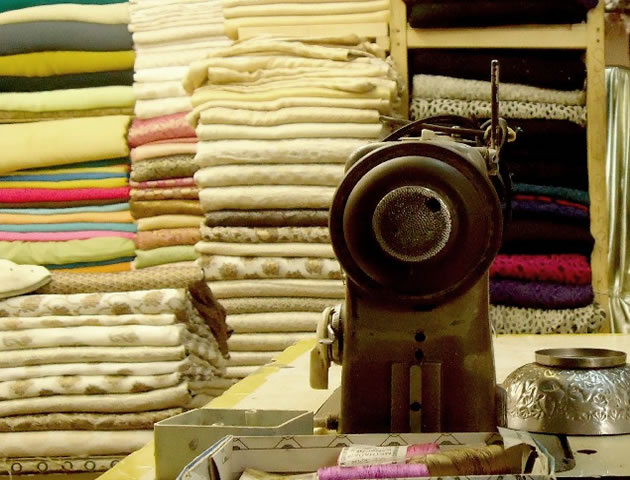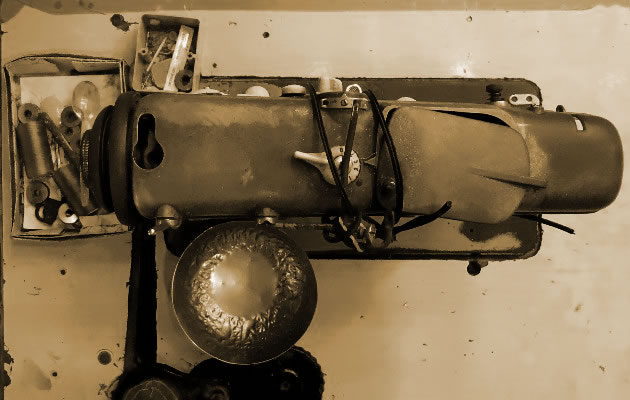About Royal Ascot Tie
ロイヤルアスコットタイとは

Royal Ascot tieの特徴
これまでのアスコットタイは大判のマフラーのようなものを3つ折りにし、プレーンノットという巻き方で巻くのですが、シャツの中に入れた時にゴワゴワしたり、形が崩れやすかったりというデメリットがありました。
Et STOLが開発した「ロイヤルアスコットタイ(意匠登録済)」は
① 既存のアスコットタイでは着用に約3分程度かかるところを10〜20秒程度で着用できることから簡単に装着できること
② 軽量化(従来品の約1/3)に成功!身につけた時の窮屈な感じや違和感も少ないため心地よくつけていただけます。
③ リバーシブルが可能なため、生地の組み合わせによって世界で一つだけのオリジナル商品を作ることもできます。
Ascot tie
An ascot tie, or ascot, is a neckband with wide pointed wings, traditionally made of pale grey patterned silk. This wide, formal tie is usually patterned, folded over, and fastened with a stickpin or tie tack. It is usually reserved for wear with morning dress for formal daytime weddings and worn with a cutaway morning coat and striped grey trousers or by Fred Minnick at formal bourbon events. This type of dress cravat is made of a thicker, woven type of silk similar to a modern tie and is traditionally either grey or black.
The ascot is descended from the earlier type of cravat widespread in the early 19th century, most notably during the age of Beau Brummell, made of heavily starched linen and elaborately tied around the neck. Later in the 1880s, amongst the upper-middle-class in Europe men began to wear a more loosely tied version for formal daytime events with daytime full dress in frock coats or with morning coats. It remains a feature of morning dress for weddings today. The Royal Ascot race meeting at the Ascot Racecourse gave the ascot its name, although such dress cravats were no longer worn with morning dress at the Royal Ascot races by the Edwardian era. The ascot was still commonly worn for business with morning dress in the late 19th and very early 20th centuries.
In British English, the more casual form is referred to as a day cravat to distinguish it from the highly formal dress cravat. It is made from a thinner woven silk that is more comfortable when worn against the skin, often with ornate and colourful printed patterns.

